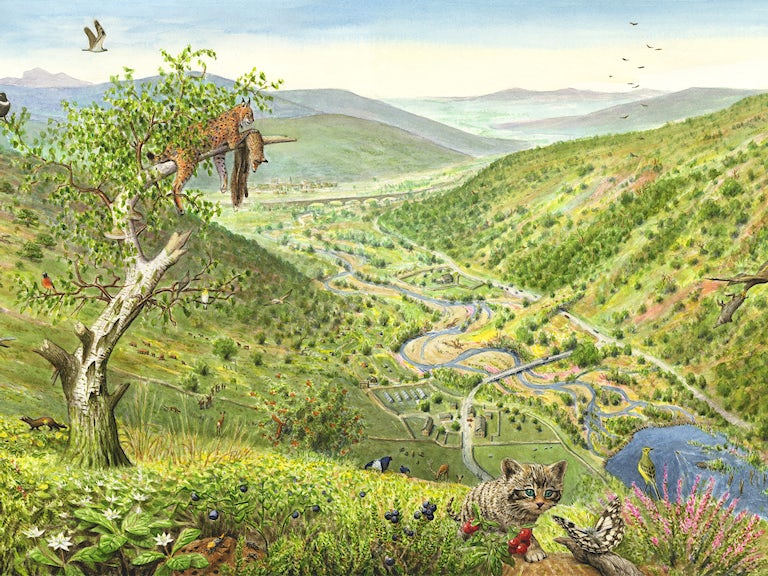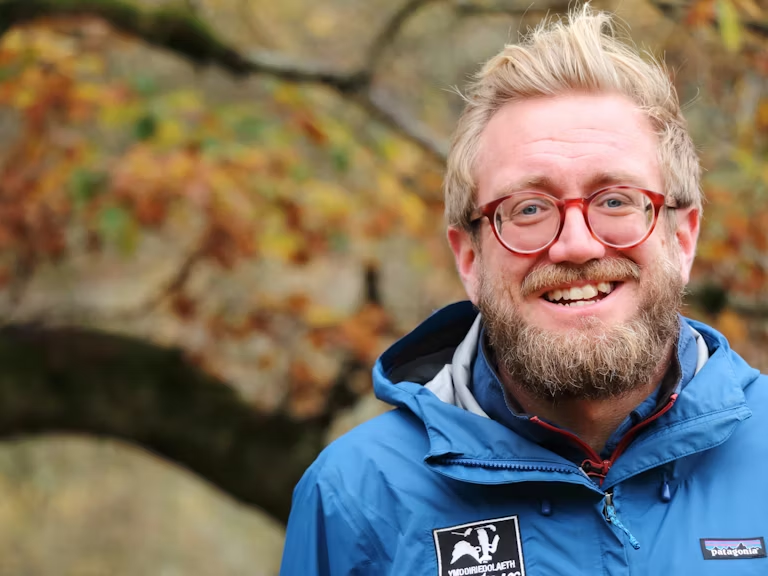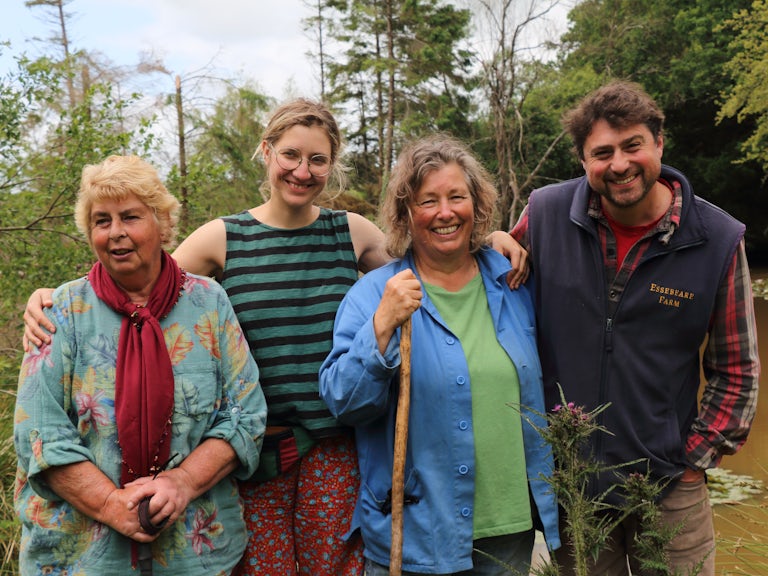Defining rewilding
Rewilding takes a big picture, holistic approach to helping nature recover and flourish. Here’s what we mean by rewilding
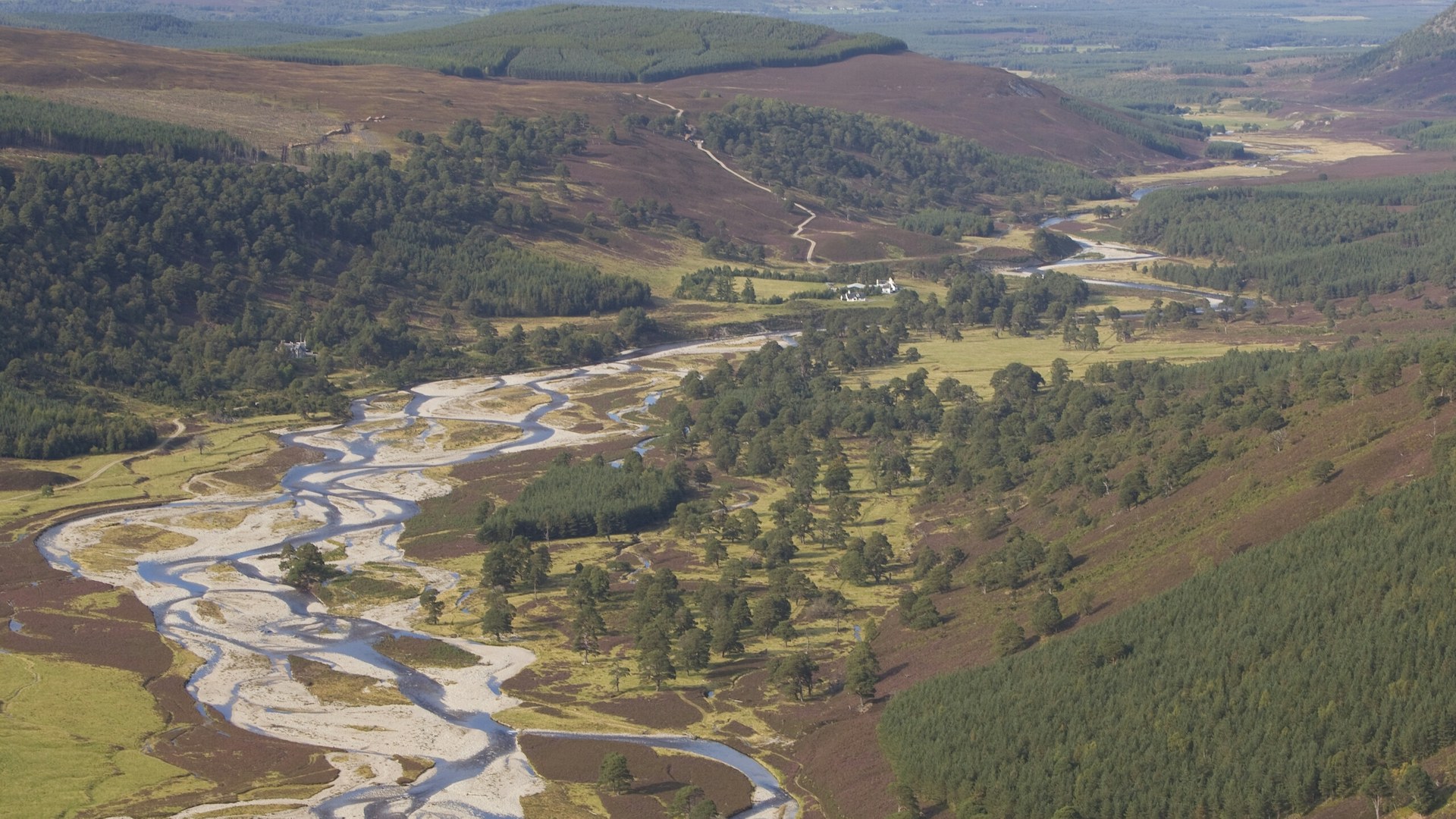
At Rewilding Britain, we define rewilding as the large-scale restoration of ecosystems to the point where nature is allowed to take care of itself. Rewilding seeks to reinstate natural processes and, where appropriate, missing species – allowing them to shape the landscape and the habitats within. It’s focused firmly on the future although we can learn from the past.
Rewilding encourages a balance between people and the rest of nature so that we thrive together. It can provide opportunities for communities to diversify and create nature-based economies; for living systems to provide the ecological functions on which we all depend; and for people to reconnect with wild nature.
Our vision is at least 5% of Britain rewilding, with 25% returned to broader mosaics of nature-friendly land and marine uses — including farming, forestry and fishing. We see this expansion reversing biodiversity loss and enabling nature to bounce back, helping us adapt to climate change as our complex ecosystems find their own answers.
The goal is to help nature, for us to live better with nature and take our place as part of nature.
Five principles of rewilding
At Rewilding Britain, we believe in these five principles for rewilding
1. Support people and nature together
Rewilding is about all of us finding ways to work and live within healthy, flourishing ecosystems. Rewilding can enrich lives and help us to reconnect with wild nature while providing a sustainable future for local and wider communities.
2. Let nature lead
From the free movement of rivers to natural grazing, habitat succession and predation, rewilding seeks to reinstate natural processes. This includes reintroducing missing species where appropriate, particularly keystone species. It is not geared to reach any human-defined optimal point or end state. It goes where nature takes it.
3. Create resilient local economies
Rewilding creates opportunities for resilient new nature-based economies. It’s about finding opportunities for livelihoods that thrive alongside and enrich, nature.
4. Work at nature’s scale
Rewilding is restoring ecosystems with enough space to allow nature to drive the changes and shape the living systems on which we all depend. Scale may come from single landholdings or through joining up nature so it can thrive from mountain top to doorstep, from source to sea.
5. Secure benefits for the long-term
Rewilding leaves a positive legacy for future generations. Securing the continued, long-term benefits of rewilding areas is key to a healthy, prosperous future.
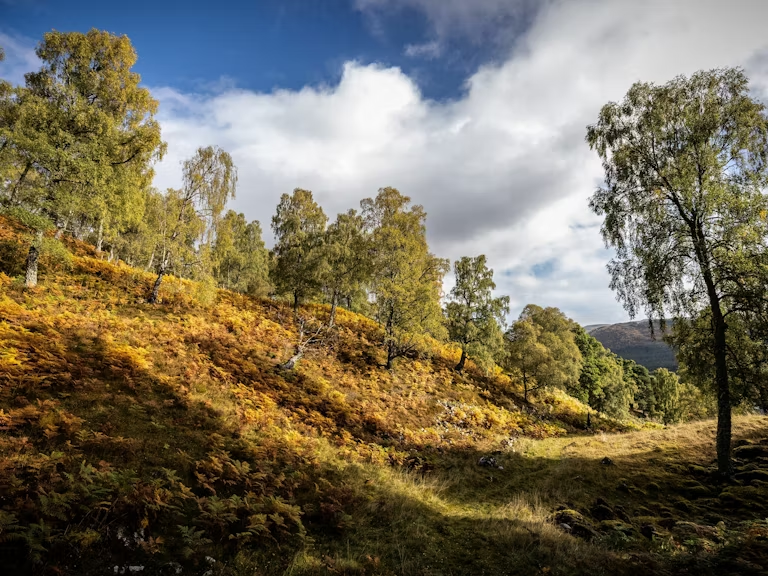
Rewilding 101
Start here to learn all about rewilding, what it looks like and what it can do.
Why rewild
Our vision
We have big ambitions. Find out what we’ve set out to achieve through rewilding.
What we do
Rewild your inbox
Wise up with the latest rewilding news, tips and events in our newsletter.
Sign up now